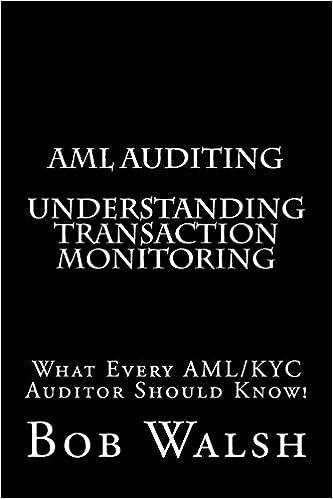Question
Froya Fabrikker A/S of Bergen, Norway, is a small company that manufactures specialty heavy equip... Froya Fabrikker A/S of Bergen, Norway, is a small company
Froya Fabrikker A/S of Bergen, Norway, is a small company that manufactures specialty heavy equip... Froya Fabrikker A/S of Bergen, Norway, is a small company that manufactures specialty heavy equipment for use in North Sea oil fields. The company uses a job-order costing system that applies manufacturing overhead cost to jobs on the basis of direct labor-hours. Its predetermined overhead rate was based on a cost formula that estimated $349,800 of manufacturing overhead for an estimated allocation base of 1,060 direct labor-hours. The following transactions took place during the year: Raw materials purchased on account, $230,000. Raw materials used in production (all direct materials), $215,000. Utility bills incurred on account, $65,000 (85% related to factory operations, and the remainder related to selling and administrative activities). Accrued salary and wage costs: Direct labor (1,135 hours) $ 260,000 Indirect labor $ 96,000 Selling and administrative salaries $ 140,000 Maintenance costs incurred on account in the factory, $60,000 Advertising costs incurred on account, $142,000. Depreciation was recorded for the year, $90,000 (75% related to factory equipment, and the remainder related to selling and administrative equipment). Rental cost incurred on account, $115,000 (80% related to factory facilities, and the remainder related to selling and administrative facilities). Manufacturing overhead cost was applied to jobs, $?. Cost of goods manufactured for the year, $830,000. Sales for the year (all on account) totaled $1,500,000. These goods cost $860,000 according to their job cost sheets. The balances in the inventory accounts at the beginning of the year were: Raw Materials $ 36,000 Work in Process $ 27,000 Finished Goods $ 66,000
Required: 1. Post your entries to T-accounts. (Dont forget to enter the beginning inventory balances above.) 2. Prepare a schedule of cost of goods manufactured. 3. Prepare a journal entry to close any balance in the Manufacturing Overhead account to Cost of Goods Sold. 4. Prepare a schedule of cost of goods sold. 5. Prepare an income statement for the year.
| No | Transaction | General Journal | Debit | Credit |
|---|---|---|---|---|
| 1 | a. | Raw materials | 230,000 | |
| Accounts payable | 230,000 | |||
| No journal entry required | ||||
| 2 | b. | Work in process | 215,000 | |
| Raw materials | 215,000 | |||
| 3 | c. | Manufacturing overhead | 55,250 | |
| Salaries expense | 9,750 | |||
| Accounts payable | 65,000 | |||
| 4 | d. | Work in process | 260,000 | |
| Manufacturing overhead | 96,000 | |||
| Salaries expense | 140,000 | |||
| Salaries and wages payable | 496,000 | |||
| 5 | e. | Manufacturing overhead | 60,000 | |
| Accounts payable | 60,000 | |||
| 6 | f. | Advertising expense | 142,000 | |
| Accounts payable | 142,000 | |||
| 7 | g. | Manufacturing overhead | 67,500 | |
| Depreciation expense | 22,500 | |||
| Accumulated depreciation | 90,000 | |||
| 8 | h. | Manufacturing overhead | 92,000 | |
| Rent expense | 23,000 | |||
| Accounts payable | 115,000 | |||
| 9 | i. | Work in process | 374,550 | |
| Manufacturing overhead | 374,550 | |||
| 10 | j. | Finished goods | 830,000 | |
| Work in process | 830,000 | |||
| 11 | k(1). | Accounts receivable | 1,500,000 | |
| Sales | 1,500,000 | |||
| 12 | k(2). | Cost of goods sold | 860,000 | |
| Finished goods | 860,000 |
Step by Step Solution
There are 3 Steps involved in it
Step: 1

Get Instant Access to Expert-Tailored Solutions
See step-by-step solutions with expert insights and AI powered tools for academic success
Step: 2

Step: 3

Ace Your Homework with AI
Get the answers you need in no time with our AI-driven, step-by-step assistance
Get Started


